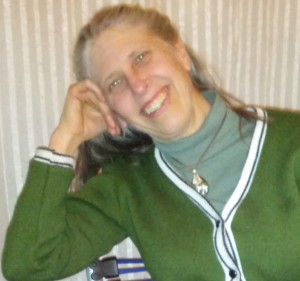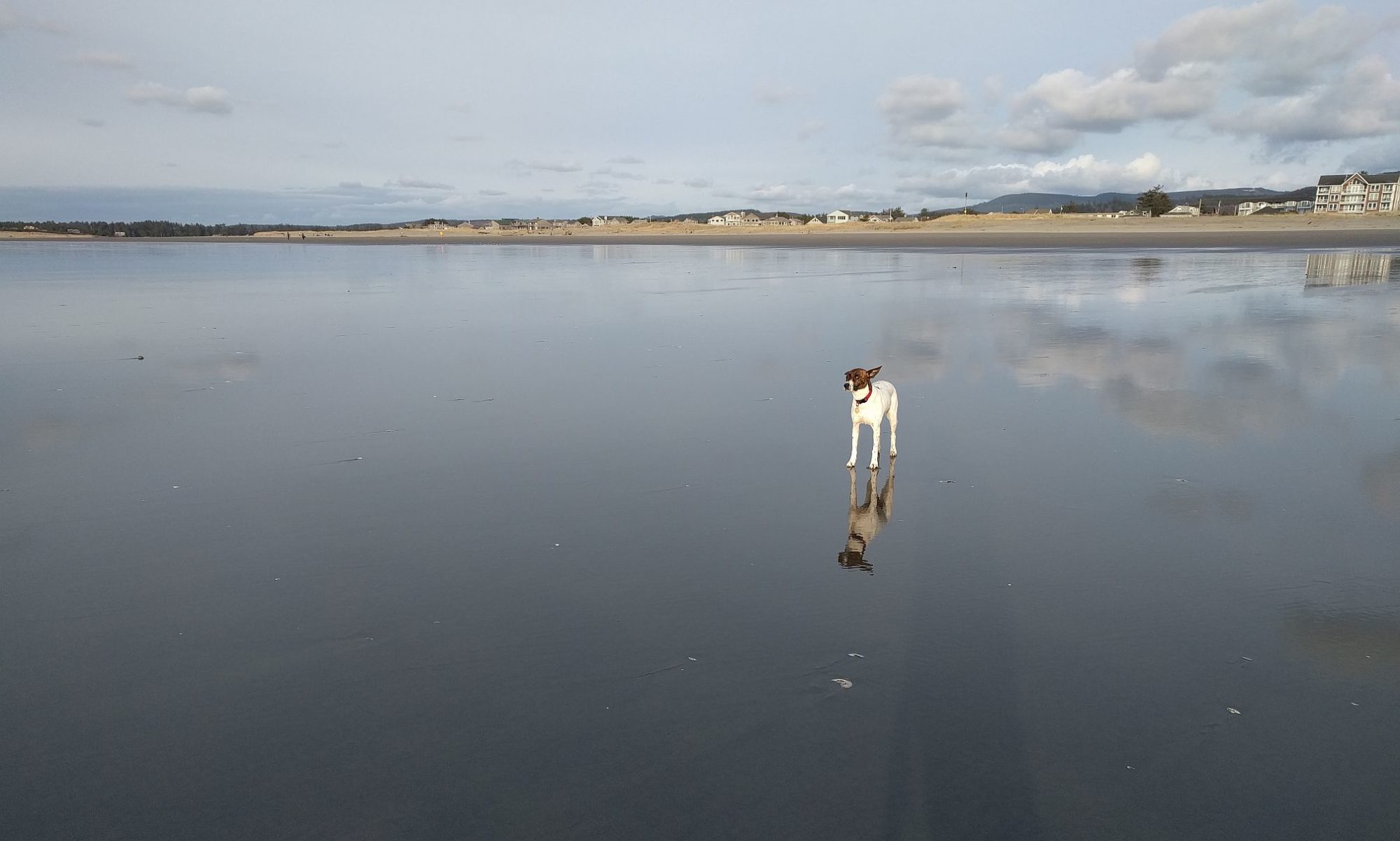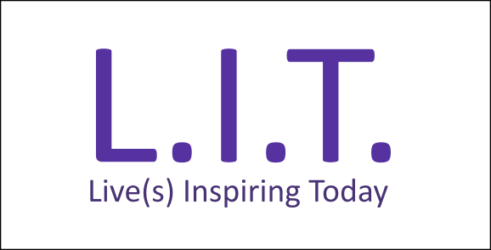If you can’t do anything about it,
why worry?
And if you can do something about it,
why worry?
“Do something!”
That’s what Allyndreth Stead, owner of the social business White Phoenix Acupuncture, says. An acupuncturist and Nationally Certified Herbalist, she provides treatment on a sliding-scale from her community-style practice in the Sellwood neighborhood of Portland.
 White Phoenix is a cozy place, and my first visit was unlike any medical experience I’d had in the United States: No big fancy desk for Susan, the assistant, and no private room for me. Almost immediately, I could see how many people were lying on a bed or sitting in a recliner, resting with eyes closed or talking quietly with Allyndreth–her ipad in hand as she took notes. Relaxing music played, and colorful cloths and lantern-balls softened the sound and warmed the atmosphere.
White Phoenix is a cozy place, and my first visit was unlike any medical experience I’d had in the United States: No big fancy desk for Susan, the assistant, and no private room for me. Almost immediately, I could see how many people were lying on a bed or sitting in a recliner, resting with eyes closed or talking quietly with Allyndreth–her ipad in hand as she took notes. Relaxing music played, and colorful cloths and lantern-balls softened the sound and warmed the atmosphere.
Though awkward and unsure during my first visit, I felt comfortable once I understood the set-up. I’ve never felt abandoned with needles stuck in my body, and if ever I need anything, Allyndreth or Susan respond quickly.
Unlike a typical doctor’s appointment where you show up at 1pm and leave an hour or so later, here the patient can rest for as long as she likes. No hurry, no worry. Patients are free to linger.
According to Allyndreth, this open, community set-up is typical for clinics in Japan–many people being treated at one time. Patients don’t disrobe or hide out with the doctor. They wear loose-fitting clothes and speak in a library-voice. Allyndreth and others like Lisa Rholeder and Skip Van Meter (her mentors) at Working Class Acupuncture, can charge less and treat far more people more often in this model of care.
After 18 years working with premature babies while also raising her son who suffered severe asthma, Allyndreth moved north from the Bay area and began studies at OCOM–Oregon College of Oriental Medicine. She was 48 years old.
“Of course I saw the worst of it working at the hospital all those years. We’re quite happy to deny people health care up until the point they’re dying, and then we’ll treat them at great expense.” Allyndreth worked as a repertory therapist and witnessed a lot of suffering that could have been avoided with prenatal care.
Her family doctor, Dr. Deborah Wafer–“an amazing woman”–was the first to encourage a return to school to become a PA–physician’s assistant.
[pullquote]Within three days, Griffin was well. I couldn’t believe it, and I couldn’t believe we weren’t helping more children with herbs: It worked. It was fast–and it was cheap.[/pullquote]
But when her son, at age 5, was very sick again, thousands of dollars and weeks in the hospital didn’t cure him. Not expecting an answer but desperate to help her son, she talked with her meditation teacher, a Korean herbalist, who treated the boy.
Within three days, Griffin was well. I couldn’t believe it, and I couldn’t believe we weren’t helping more children with herbs: It worked. It was fast–and it was cheap.”
“Here I was thinking about going back to school to become a doctor. I realized I could become whatever kind of doctor I wanted to be.”
“I don’t want to just complain, so I’m working to improve health and healthcare–one patient at a time. I want to offer affordable healthcare to everyone. It should be affordable for anyone–no matter how much money you have or what kind of work you do.” The clinic allows people to pay $20-$50 a visit–no questions asked.
Allyndreth’s vision of an ideal healthcare system begins with healthy lifestyle and nutrition. Next it would allow people to access all the preventative and supportive healthcare they want. She encourages people to rely on Western “expensive and unnatural” medicine when the other approaches don’t work but says acupuncture and herbal medicine can help with almost anything.
[pullquote]I don’t like to hurt people, and the Japanese approach uses smaller needles and doesn’t insert them as far as Chinese techniques do[/pullquote]
It can alleviate pain, assist in the treatment of serious and chronic disease, depression, and boost the immune-system to fight colds, flu and help people to overcome allergies. It doesn’t interfere with other medical treatments, so more and more Western doctors are encouraging their patients to go for acupuncture treatments while also being treated allopathically.
“This is my delight,” she says of her work.
Allyndreth strives to be gentle.
“I don’t like to hurt people, and the Japanese approach uses smaller needles and doesn’t insert them as far as Chinese techniques do.” For children or highly-sensitive patients, she applies pressure with non-needle, metal instruments.
Someday she hopes to relocate White Phoenix to a larger space. She envisions a center with two or three other practitioners and community classes in movement, cooking and nutrition.
“This is what I want to be doing–though I wish I were younger and had more time to perfect my art. There’s so much to learn–and I’m always learning from my patients and from the work.”
Recommended Websites:
White Phoenix Acupuncture, homepage: http://whitephoenix.org/
Welcome to White Phoenix Acupuncture Video, with Allyndreth: http://youtu.be/szWI3FGkULI
Link to articles provided on the White Phoenix website: http://whitephoenix.org/articles/
Kam Wah Chung, from Oregon Experience, OPB, Jan. 14, 2010: This 30-minute documentary shows how the Gold Rush of the late 1800s brought thousands of Chinese miners to Eastern Oregon and also Ing “Doc” Hay and Lung On – who opened a store and herbal apothecary called Kam Wah Chung. Though originally catering to their fellow Chinese, over time these two men attended to the medical needs of many, becoming highly regarded members of the community. When the gold-seekers left, they stayed on.
http://www.opb.org/television/programs/oregonexperience/segment/kam-wah-chung/

